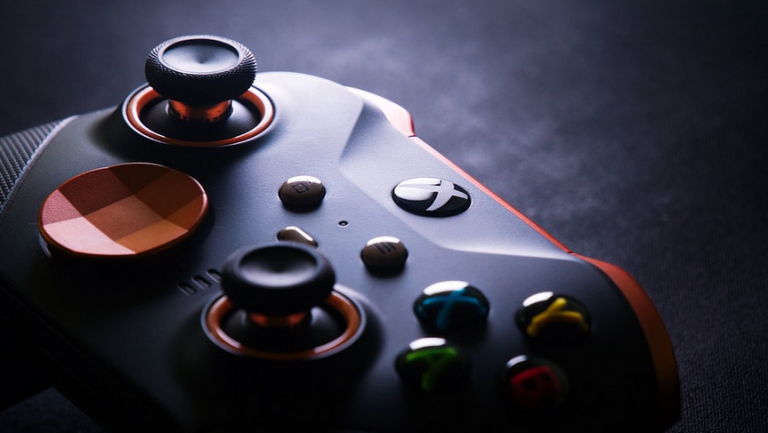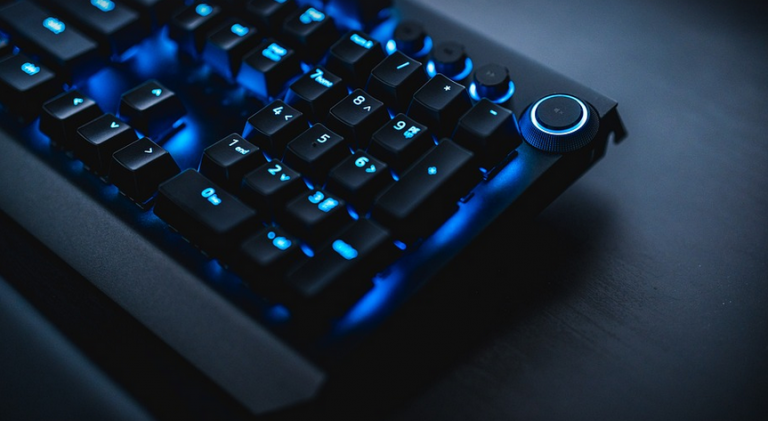Getting Hooked on a Budget: Understanding Tuna Fishing Rod and Reel Costs
Ever dreamt of hauling in those magnificent tuna? A thrilling experience for sure, but before you jump into the salty waters, one crucial question pops up – how much will your fishing gear cost?
The “how much” part can be a bit overwhelming. Tuna fishing isn’t just about fancy rods and top-of-the-line reels; it demands specialized equipment to withstand the rigors of battling these mighty fish. But fear not, fellow angler! This guide will break down the cost of your gear into manageable chunks, so you can make an informed decision without breaking the bank.
Before we dive deep into specifics, let’s acknowledge that “cost” isn’t a one-size-fits-all term. Your tuna fishing budget depends on several factors: your experience level, the type of tuna you’re targeting, where you live, and even the kind of fishing trips you’re taking.
For those just starting out or planning a weekend trip, you can find starter packages that combine rods and reels for around $100-$200. These are perfectly adequate for learning the ropes and landing smaller tuna without breaking the bank.
Now, let’s talk about the “big guns” – the high-performance fishing rods specifically designed for targeting larger tuna. Expect to pay anywhere from $300-$700 for these rods. The price jump comes with superior strength and durability, allowing you to handle bigger fish without sacrificing your technique or putting your safety at risk.
For reels, the choice depends on whether you’re after smooth-action precision, hefty power, or a blend of both. Beginner spinners can be found for $50-$150, while intermediate to advanced models can easily cost between $200 and $500.
But wait, there’s more! Don’t forget about the essentials: line, hooks, lures, and other fishing accessories! These can add a significant chunk to your budget, so it’s crucial to factor in these costs as well.
For example, consider this: if you’re heading out on a multi-day trip, the cost of tackle boxes, lures, and additional line might be significantly higher than what’s needed for a weekend trip or even just the first few fish.
Remember, fishing isn’t about spending a fortune but about enjoying the experience!
To help you navigate this world of “how much” better, let’s delve deeper into the specific costs associated with different fishing setups:
Setting Your Budget: A Breakdown
**Beginner Setup:**
For those new to tuna fishing, a good starting point for a rod and reel combo is around $100-$200. This usually includes a basic spinning rod designed for medium-sized fish and a reliable reel with some drag power.
This budget will allow you to try out different techniques and get the hang of landing your first tuna without breaking the bank. Remember, this is a starting point and can be adapted as your experience grows.
**Intermediate Setup:**
As you gain confidence in handling bigger fish, you may want to consider upgrading your equipment. With an intermediate setup, expect to spend $200-$500 for a high-quality rod built specifically for tuna fishing.
For the reel, this level of investment enables you to enjoy smoother and more powerful casting techniques with greater control over the line.
**Advanced Setup:**
For seasoned anglers looking for top-of-the-line gear, a high-end setup can cost anywhere between $500-$1000. These rods and reels are designed to handle the most challenging tuna fishing situations and offer unmatched performance.
Investing in these premium options allows you to experience the thrill of casting lighter lines and enjoying more control over your technique, ultimately leading to a more fulfilling fishing experience.
Finding Affordable Choices: Where to Look
Buying quality fishing gear doesn’t have to be expensive! There are plenty of options for finding affordable setups without sacrificing on functionality or performance.
**Online Retailers:** Online retailers offer a vast selection of rods and reels at competitive prices, often with additional discounts available. Websites like Amazon, eBay, and specialized fishing equipment stores can help you find the perfect fit within your budget.
**Bait and Tackle Shops:** Local bait and tackle shops are gold mines for finding affordable gear, especially if you’re looking for specific brands or models. Their knowledge of local waters, fish species, and fishing techniques can help you make the right purchase for your needs.
**Second-hand Gear:** A great way to save money is by buying used gear from other anglers. Online marketplaces like Craigslist, Facebook Marketplace, or even asking around at local fishing groups can offer a plethora of options.
Final Thoughts: Prioritize Experience and Enjoy the Catch
Remember, fishing isn’t about owning expensive gear; it’s about enjoying the experience. Budgeting wisely allows you to focus on the real joy – the thrill of reeling in a tuna!
Take your time researching and comparing different options. Look for sets that suit your skill level, fishing preferences, and budget. Most importantly, find what brings you joy on your next adventure!
















